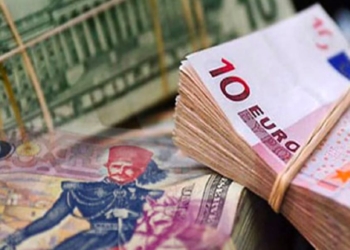Tunisia is celebrating this Monday, October 20, 2025, the 198th anniversary of its national flag, a symbol of sovereignty and unity for all Tunisians. Like every year, this event is marked by popular and cultural events across the country, paying tribute to one of the oldest emblems of the Arab world.
On Sunday, several citizens gathered on Avenue Habib Bourguiba, in Tunis, during a demonstration organized by the “Tourathna” (Our Heritage) association. Named “Kharjet el A’lam” (The Raising of the Flag), this annual tradition was celebrated in collaboration with the Tunisian Scouts, the Red Crescent and several cultural associations.
A symbol steeped in history
Created on October 20, 1827 on the orders of Hussein II Bey, the Tunisian flag made Tunisia the first Ottoman province to have its own emblem. It was officially adopted in 1831 and has remained unchanged for almost two centuries.
The idea for the flag dates back to the times of the Hafsids, who used a tricolor Senjak for their fleets and diplomatic relations. This symbol was subsequently sanctified in the Zaouïas (mausoleums) during the wars between the Turks and the Spanish in order to preserve it.
Under the Husseinites, this Senjak – in the three colors of red, green and white – embodied the respective legacies of the Sanhajids (red), the Fatimids (green) and the Aghlabids (white), forming the historical foundations of the modern Tunisian flag.
According to the Tunisian Constitution, the flag is red, decorated in its center with a white disc containing a red crescent and a five-pointed star, symbols of unity and national identity. Organic law n°99-56 of June 30, 1999 specified its official dimensions and proportions.






